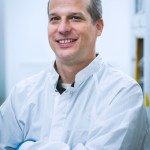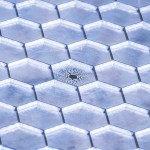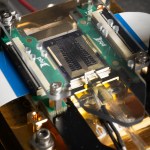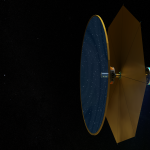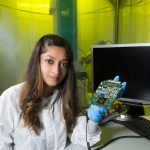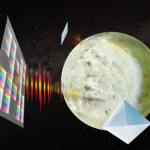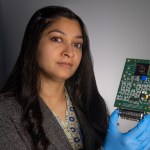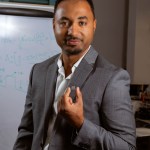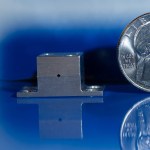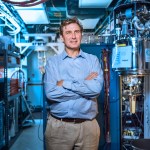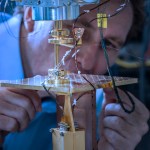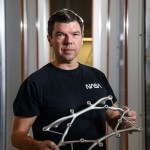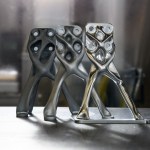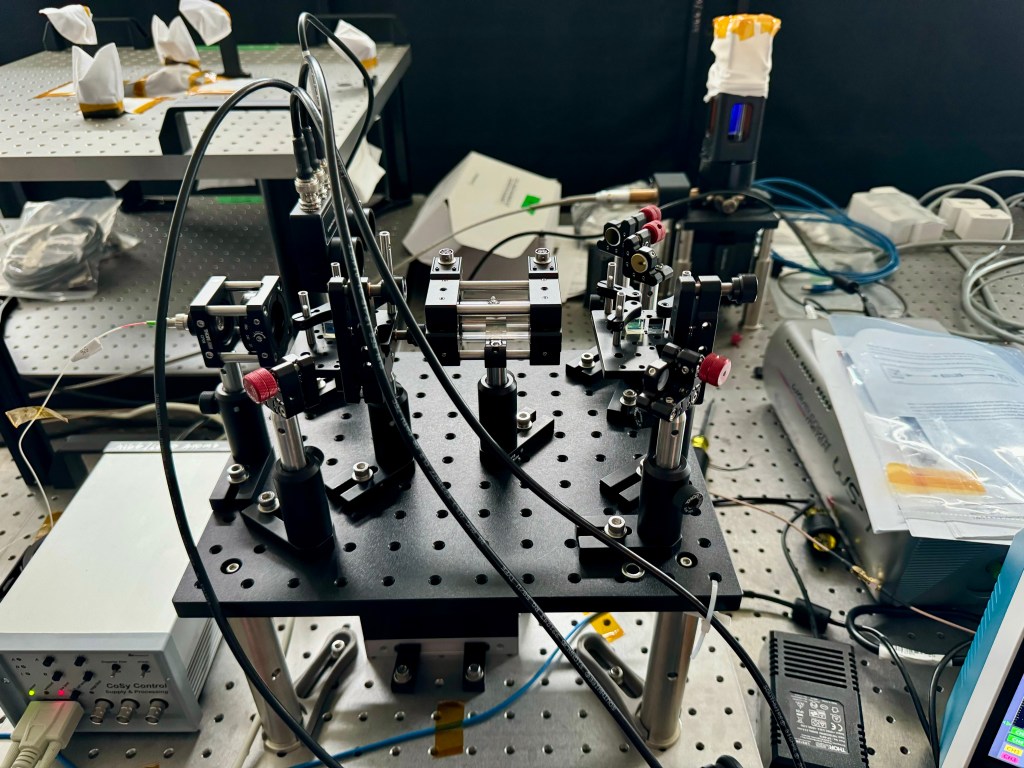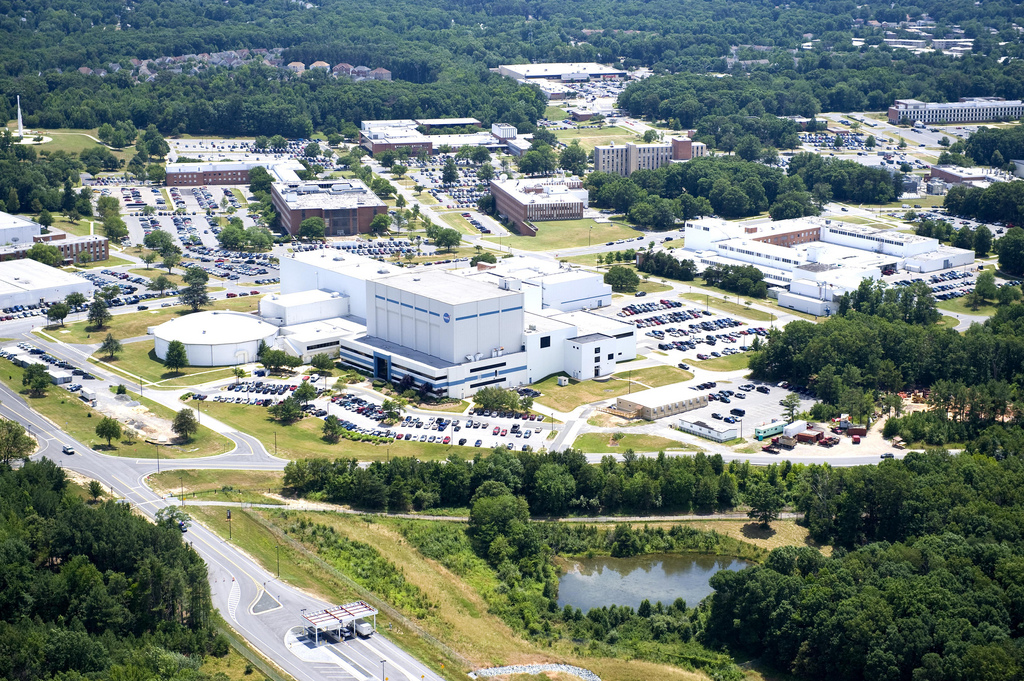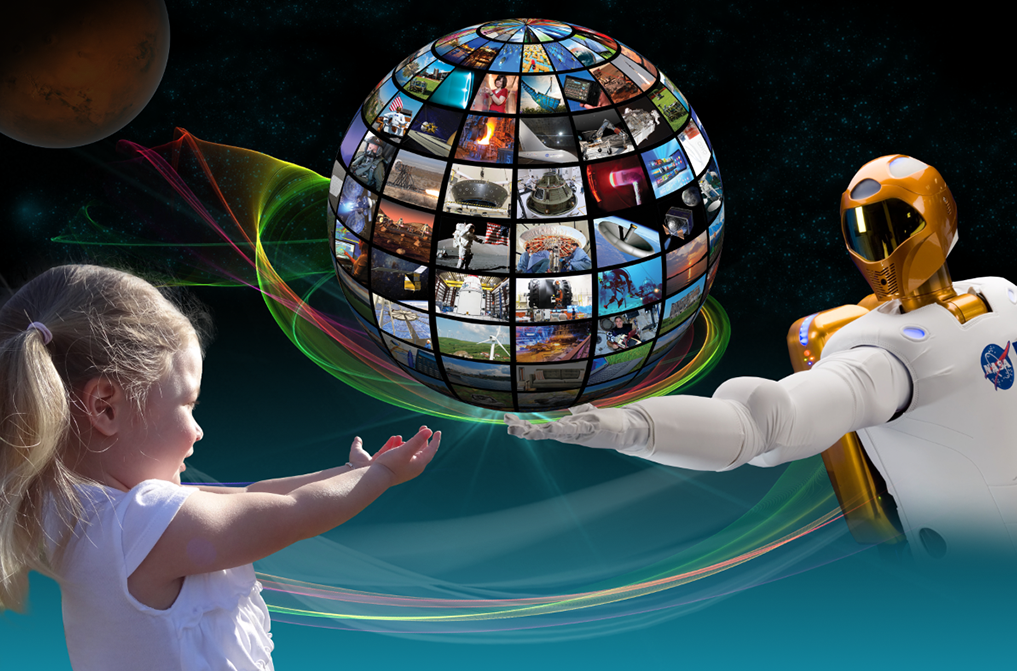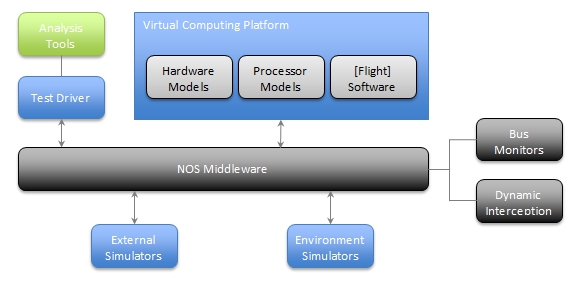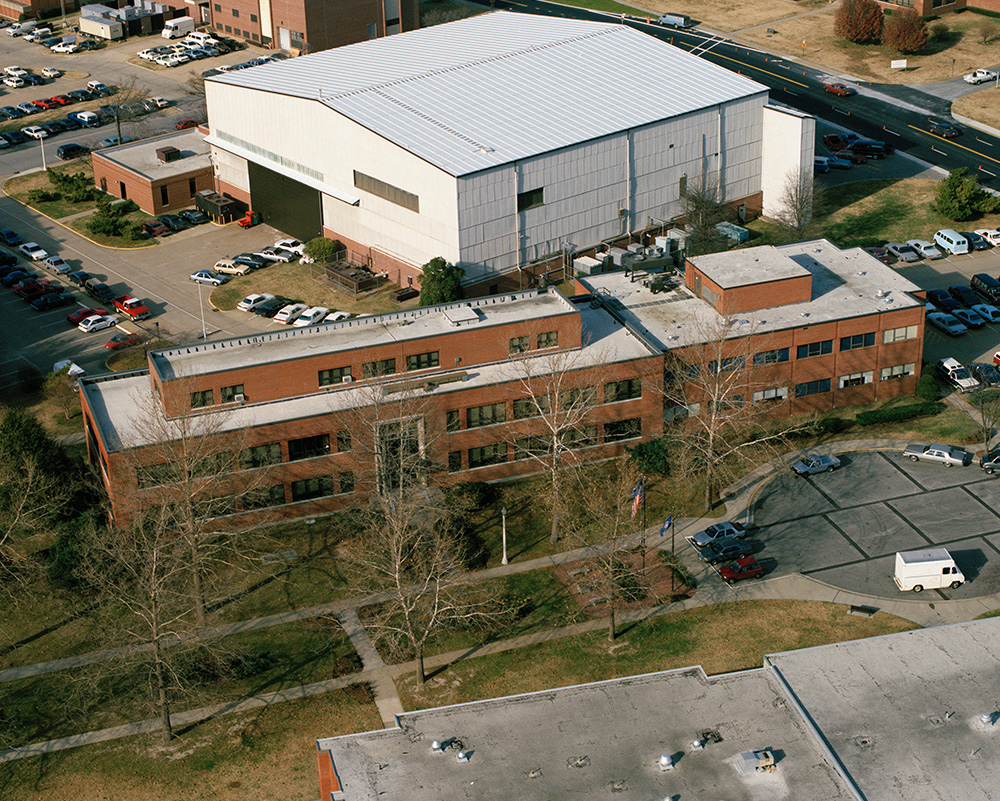
Goddard Technology
Driven to push the boundaries of our scientific and technical limits, we then develop the tools and technologies to push beyond.
GODDARD'S INNOVATORS
2023 Technology Achievements
Goddard's technology research and development cycle of inquiry, innovation, testing, and data collection is crucial to advancing NASA’s mission goals. Continuing this tradition of seeding new technologies enables tomorrow’s explorers to see further.
Learn More
Goddard’s Chief Technologist
Goddard’s Office of the Chief Technologist supports advanced technology research and development to enable NASA’s mission.
As the primary point of contact for technology innovation, Goddard’s OCT manages the center’s internal technology investments and assists with long-range planning to promote well-integrated, strategic, and opportunity-driven investigations. We manage Goddard’s Internal Research and Development (IRAD) program and NASA’s Center Innovation Fund in alignment with the center’s major science and exploration strengths, or Lines of Business.
We foster strong collaboration and partnerships through the Goddard Working Group, comprising Assistant Chiefs of Technology from key divisions across the Engineering and Technology Directorate, the Sciences and Exploration Directorate, the Flight Programs and Projects Directorate, and NASA’s Wallops Flight Facility. This board provides valuable insights and advice to Goddard’s management on technology matters.
Focus Areas and Capabilities
Goddard plays a pivotal role across all aspects of NASA’s missions. Goddard's technology research and development fall into these Lines of Business.
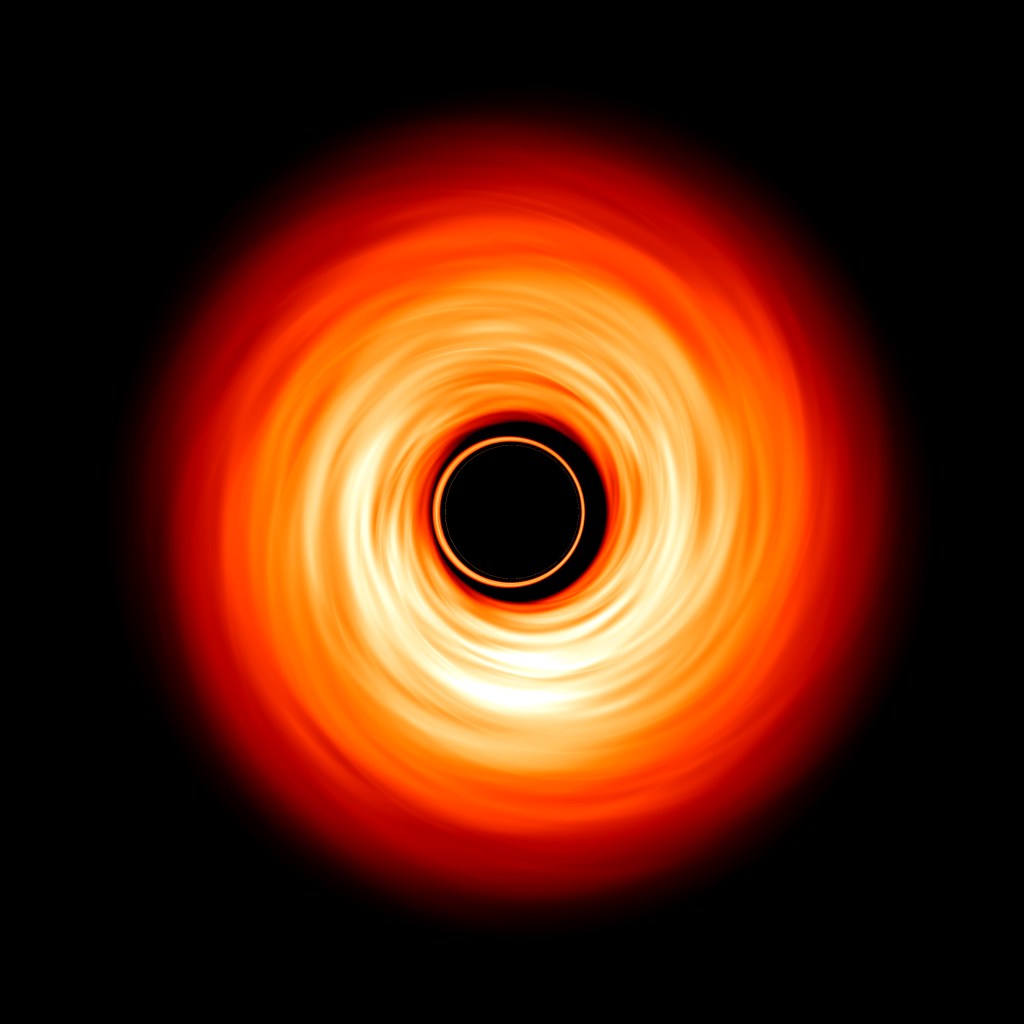
Astrophysics
Focusing on missions and technologies aimed at answering: How do galaxies, stars, and planetary systems form and evolve? What is the diversity of worlds beyond our own solar system? Which planets might harbor life? What happens to space, time, and matter at the edge of a black hole?
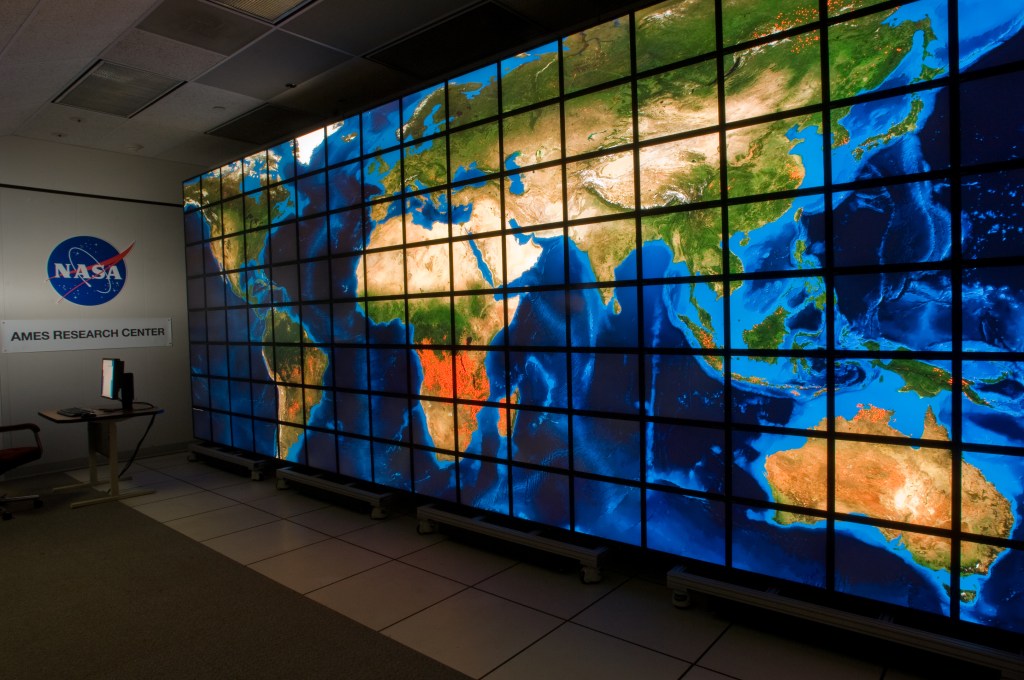
Earth Science
Developing technologies needed to observe and understand changes in Earth's climate system including state-of-art remote sensor and aircraft-based and surface-based observational platforms.
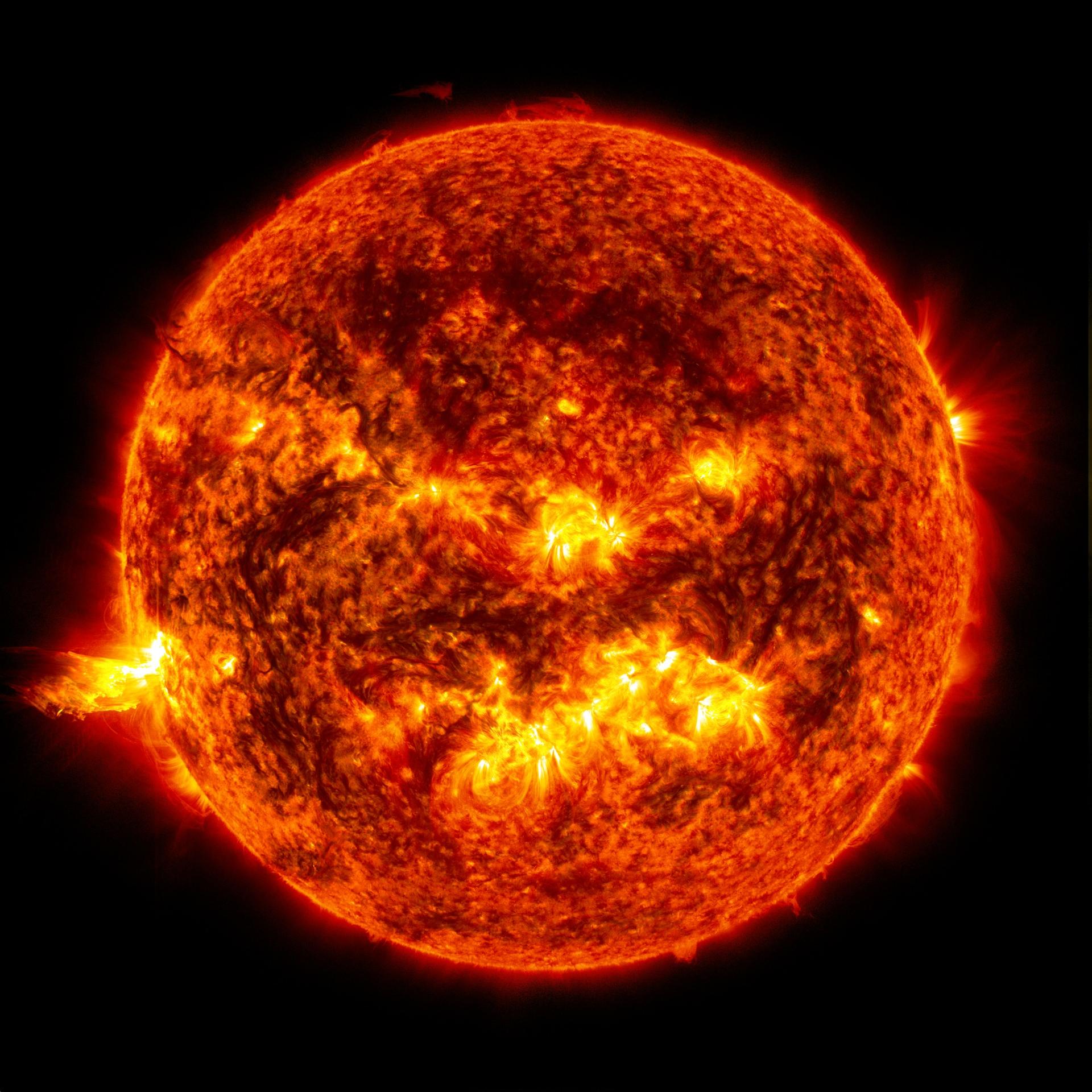
Heliophysics
Solar structure and magnetic activity, solar wind, solar disturbances, and the effects on Earth's upper atmosphere are some of the research areas that fall under the Heliophysics line of business. Wavelength coverage spans gamma rays to microwaves and includes particles and fields.
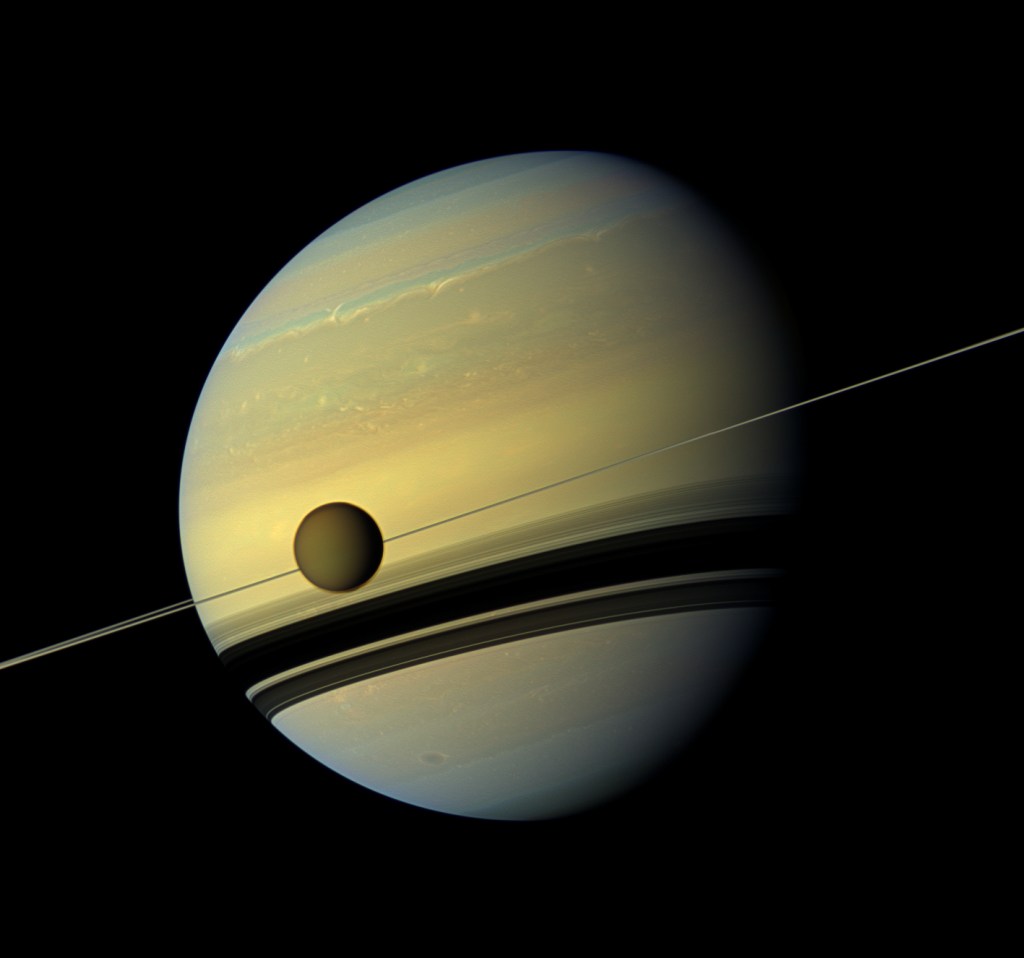
Planetary Science
Supports new instruments and scientific measurements to explore the solar system whether by landers or orbiting spacecraft.
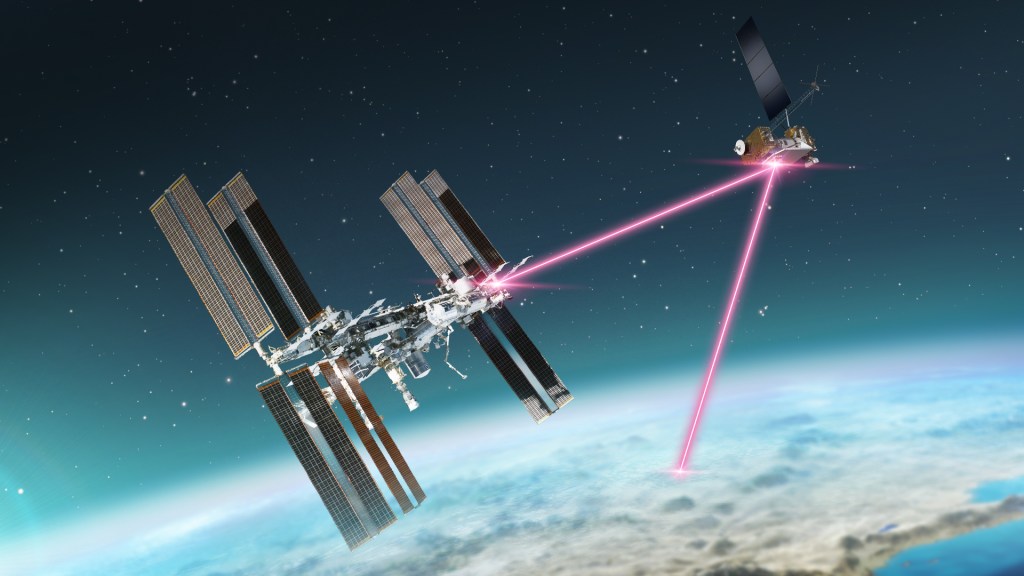
Communications and Navigation
Systems and technologies for responsive communications and navigation are critical to NASA's exploration, space operations, and science missions in near-Earth and deep-space environments.

Cross-Cutting Technology and Capabilities
Addressing proficiencies applicable to more than one strategic line of business: from nano-materials, electronics, and detectors, to system architectures.
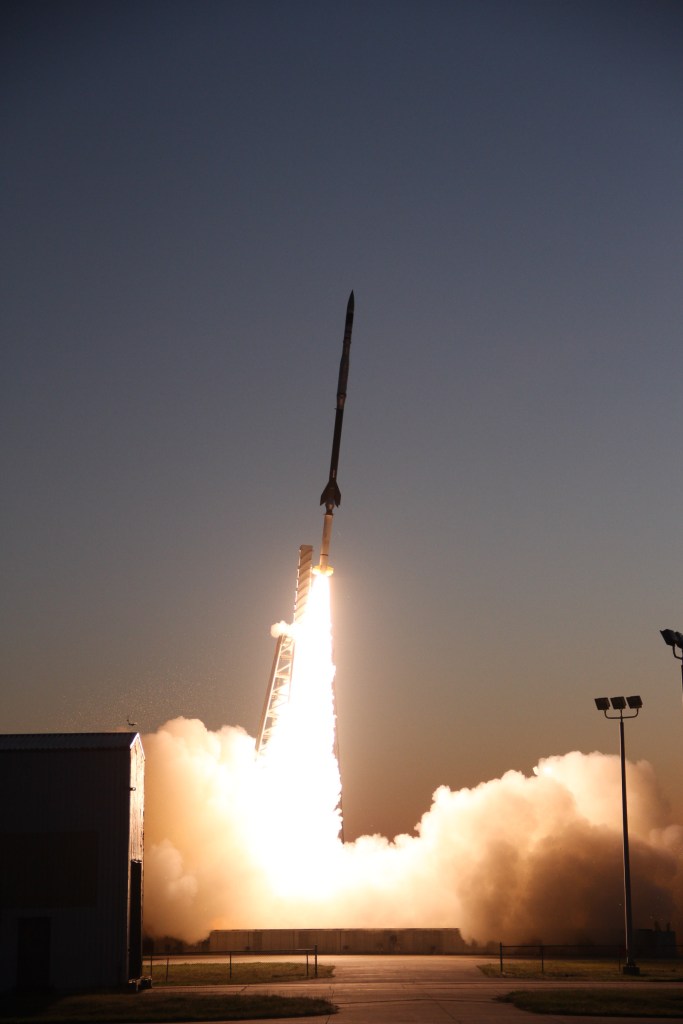
Suborbital Platforms and Range Services
Focusing on technologies that allow carriers to fly at new locations, altitude regimes, and for extended durations. Reducing the weight of instruments flying on NASA’s Unmanned Aircraft System (UAS) platforms.
























